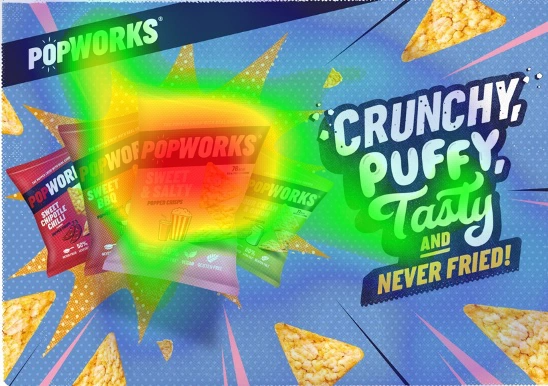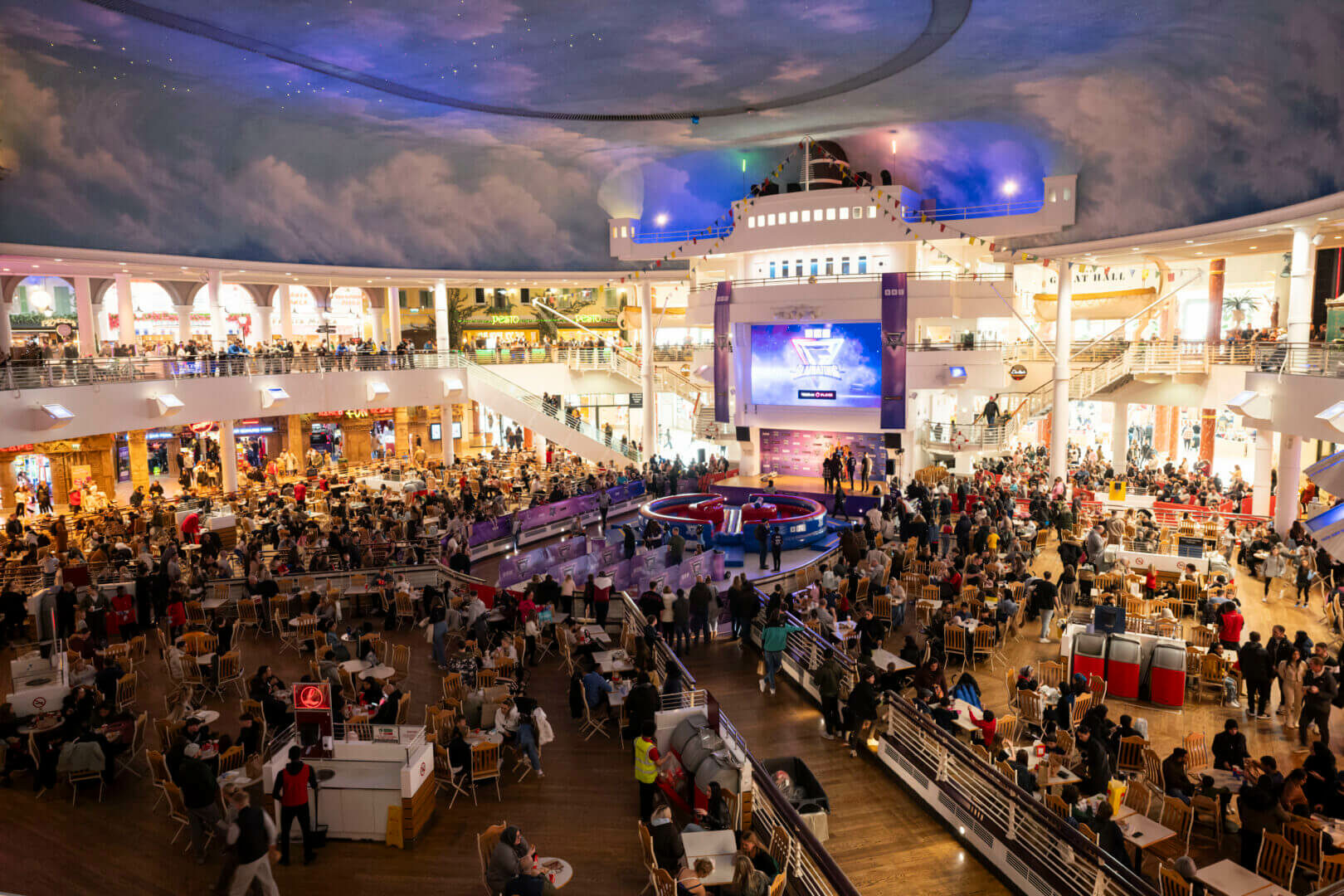Inspiring regional audiences with a smarter take on OOH and the Urban Landscape
Inspiring Regional Audiences with Smarter OOH and Urban Landscapes
OOH and smart cities are joined in their ability to generate inspirational new spaces that are data-driven and reflect a smarter and tech-savvy consumer world.
Our recent Talon Inspire event programme took us to Birmingham, Manchester, Newcastle and Edinburgh in order to explore not just the regional growth of Out of Home fuelled by media owner investment, but how OOH is blending into the national urban infrastructure to ensure the communications medium remains relevant and impactful.
Under our Smarter as Standard philosophy, our thinking has emerged in the context of the rise of personalisation and relevance in media planning – driven by digital – combined with a drive to automation. As our sessions emphasised, clients are simply looking for “more effective, data-driven and more measurable campaigns.” Our event content addressed these themes, showcasing a more creative, effective and digitised channel. And one that is enjoying twice the levels of effectiveness over the past five years and where the best and highest footfall locations are now digital only.
Our own Smarter as Standard manifesto defines our point of view on the future OOH, incorporating our digital, technology and data strategy. This applies the best digital advertising techniques to Out of Home while never losing sight of how and why OOH works best in driving reach, impact, branding and activation. It reflects the irrefutable shift towards data-driven campaign planning, dynamic creative, automated execution and outcome-based measurement and how Talon is best representing the industry in this space and redefining the channel’s core strengths.
The Inspire sessions reiterated “the OOH basics are not changing; we’re just applying more intelligent and human planning to create a better space.” There are over 1000 ways to deliver a campaign of 20 million impacts (delivering a subsequent huge variation of reach and frequency achieved, not to mention any recourse to location or proximity). This means campaign objectives and real optimisation remain the bedrock of effective location planning.
As we stated in Newcastle and Edinburgh, although “automation might be boring, full programmatic trading is not practically applicable across our industry.” In the short term automation capability remains dependent on media owner and specialist API connectivity, with 2018 starting (but not yet across all formats and all players) to open this possibility.
As one media owner commented at one of our sessions, “even where we are capable of machine to machine bookings, it remains a challenge across all of our digital inventory and very much work in progress.” But progress is being made and the benefits of automation will be applied ultimately to deliver more efficient and optimised planning.
We covered some of the key national developments in Out of Home investment and roll out, with digital 6s, 48s, new products like InLink and landmark sites continuing to gain prominence across urban centres. There is a greater focus on location based around audience footfall as cities evolve and change, whilst aesthetics, full motion capability, technology, new locations and shear standout are characterising change.
This is enabling OOH to migrate to genuine location planning (using digital to activate advertising when sales are heightened or demand is increasing) and now beginning to identify audiences by their actual behaviour. This data-driven initiative is rooted in the development of our ODMP (Outdoor Data Management Platform) but already driving planning decisions using data.
Examples of content rooted in topical or relevant messaging and effectiveness give OOH a real creative edge. This now equally applies to tactical activations around an event like the Royal Wedding and data-led initiatives like weather. The new digital landscape of OOH offers greater creative opportunity to use smarter creative techniques and data that are also proven to drive effectiveness.


Urban Regeneration and Technology-driven Innovation
As the OOH industry applies smarter thinking to the way it reaches audiences, our major cities continue to push the boundaries of data, technology and innovation.
We were fortunate to have both Joanne Roney (the Chief Executive of Manchester City Council) and Neil Rami (Chief Executive of West Midlands Growth Company) discussing the transformation of their cities and regions, creating smarter, world class environments founded in technology, diversity, infrastructure and aesthetics.
Joanne Roney focused on finding the right balance of commercials and residential development, mindful both of the need to create neighbourhoods with identity and to generate business success. As she championed, “with great regeneration comes great responsibility”, and the growth of Manchester as a world class location is characterised by the presence of 165 world class financial businesses in the city, a 90% increase in the performance of Manchester Airport and a cultural and creative focus that employs 68,000 and brings a digital emphasis to the growth and values of everyday life.
For the future, Manchester will continue to evolve by “thinking differently”. A future-facing city with fewer cars and more green space that attracts and retains young people.
A similar vision around “technology-driven innovation” was endorsed by Neil Rami in Birmingham around creating the West Midlands as a destination of choice. GDP growth in the region is currently twice that of the UK and the city attracts more foreign investment than any UK city outside London.
Its 12,108 new start-ups in 2017 and 13,455 tech businesses, combined with a young and diverse population, has helped create more investment in transport, culture and services, including Western Europe’s biggest development project around UGC, Solihull, NEC and HS2.
It is no coincidence that the OOH infrastructure changes (digital screens, The Loop, InLink’s next city expansion into Birmingham) mirror smart city developments and create the scale and scope for further growth.
At our Edinburgh event, the Leith Agency’s Brian Coane represented the Advertising Association’s initiative researching Advertising Pays Scotland – How advertising fuels the Scottish economy. In Scotland, this showcased the role and economic contribution of the vibrant creative community and helped reverse the perception of a negative-led agenda against advertising amongst politicians.
The AA calculates that 1.7 billion spent on advertising in Scotland generates 8.8 billion. In other words, “for every 1 spent, 5 goes to the Scottish economy.” With 42,000 jobs dependent on and created by advertising, this means advertising is more significant in Scotland than oil. As the resultant ad campaign, which Brian eloquently articulated, promoted, “that’s nae bad from an ad“.
These Talon Inspire sessions – held in our smartest cities – distilled the intrinsic relationship between growth, development and technology on one hand, and the advertising environment that thrives in growth cultures and evolving cities through Out of Home. The sessions highlighted the extent of transformation that the Out of Home industry embodies and how we are demonstrating leadership in driving tech, data, creative and measurable solutions. We really valued the opportunity to engage with our regional agency, client and media owner partners to educate and inspire around the ever-changing OOH landscape.
With the growing use of context and genuinely data-driven and more memorable campaigns now more commonplace, the real opportunity is to integrate with wider digital communications and truly recognise the opportunity to reach mobile and connected consumers in the ever-exciting space of UK cities.
Nick Mawditt, Managing Partner, Talon




